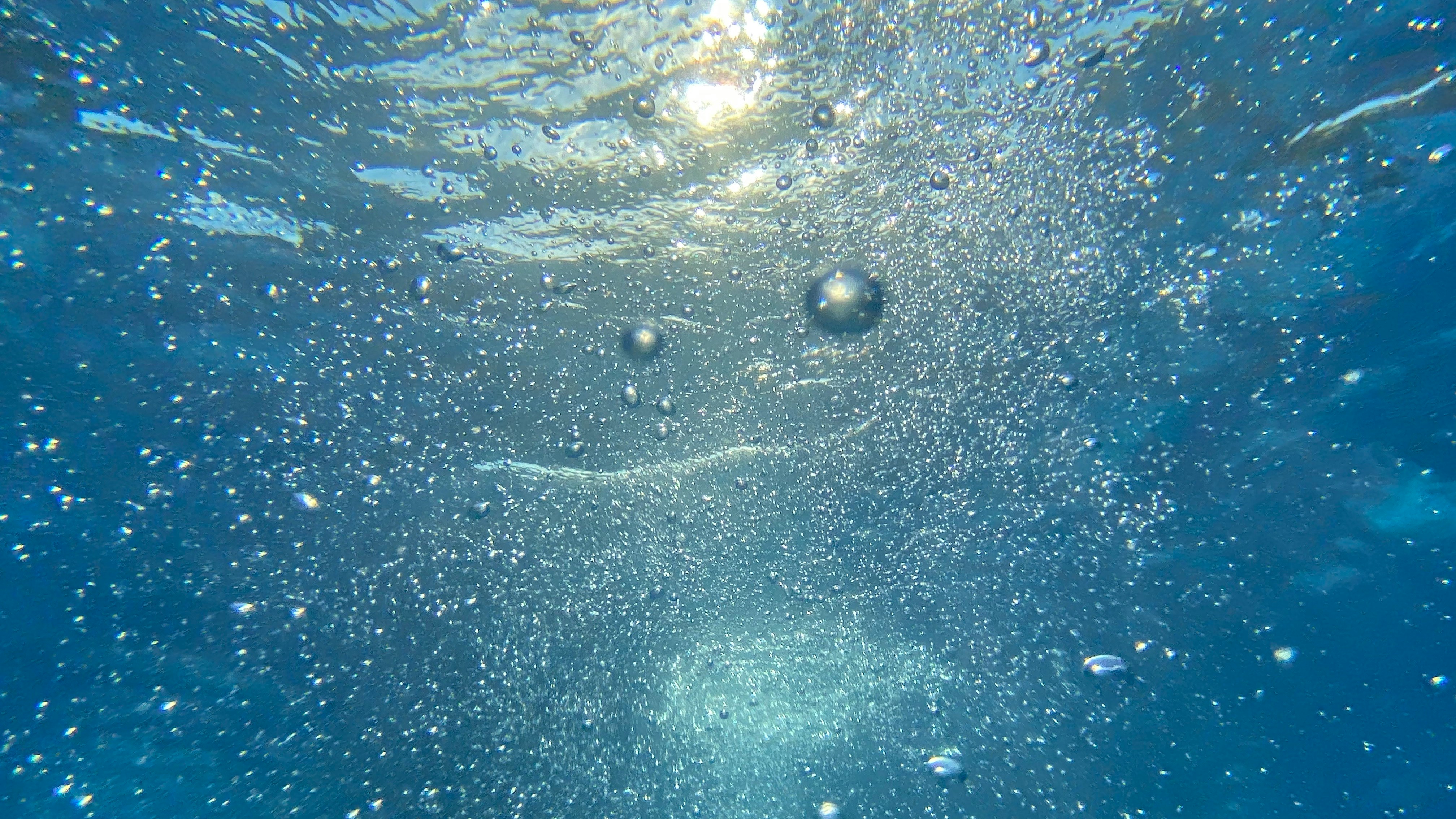New chip cooling technique is 7X more more effective than standard approaches

A research team from the University of Tokyo has devised a new cooling solution that uses water’s changing phases to make it more efficient at removing heat. SciTech Daily says that water absorbs seven times the energy when it changes phase from liquid to gas (i.e., boiling the water), allowing it to capture and dissipate more heat versus the traditional method of using flowing water. However, since the coolant flows through tiny capillaries built directly into the chip, the steam would often have difficulty flowing through these narrow channels. This often makes it less efficient than traditional methods.
The researchers solved this issue using 3D microfluidic channels with a capillary structure and a manifold distribution layer. They discovered that the shape of the microchannels and how the coolant is distributed throughout the system significantly impact its thermal and hydraulic performance. By ensuring the continuous flow of water and steam, the team achieved a coefficient of performance (COP) of 100,000 — about ten times greater than what single-phase water cooling can achieve.
“Thermal management of high-power electronics devices is crucial for the development of next-generation technology, and our design may open new avenues for achieving the cooling required,” senior author Masahiro Nomura said. The deployment of this two-phase system could allow for more compact cooling solutions without needing to invent or use more exotic fluids.
Furthermore, it could address the thermal issues that high-performance computing faces, resulting in more powerful chips requiring less cooling power. This technology can also be used in other applications, like lasers, photodetectors, LEDs, and radar systems, and be applied in the automotive and aerospace industries. This system also has the potential to work passively, allowing the changing phases of the liquid to dissipate the heat through convection, letting it function without needing a pumping mechanism.
As our chips get smaller yearly, they also start generating more heat concentrated in such a small area. Because of this, we need innovation in cooling technology to keep up with semiconductor development. We’ve already seen a couple of novel active cooling solutions, like the Frore AirJet Mini Slim and the Ventiva Ionic Cooling Engine. However, this two-phase system could potentially lead to innovations in passive cooling technology, giving us an effective option that fits in tight places and does not require power.
Follow Tom's Hardware on Google News to get our up-to-date news, analysis, and reviews in your feeds. Make sure to click the Follow button.
Get Tom's Hardware's best news and in-depth reviews, straight to your inbox.

Jowi Morales is a tech enthusiast with years of experience working in the industry. He’s been writing with several tech publications since 2021, where he’s been interested in tech hardware and consumer electronics.
-
A Stoner Most chips currently run lower than the boiling point of water. So, unless they are going to start being run at >120C or will be under some degree of vacuum to lower the boiling point. I am not sure how this is going to work. And if these are going to work without active pumping and fans, it is still going to need to expel the energy outside the system somewhere.Reply -
palladin9479 Reply
They are using a closed system under partial vacuum. H2O under goes phase change at much less then 100C, it's how your body sweats. 100C is where H2O undergoes rapid phase change, much faster then regular evaporation.A Stoner said:Most chips currently run lower than the boiling point of water. So, unless they are going to start being run at >120C or will be under some degree of vacuum to lower the boiling point. I am not sure how this is going to work. And if these are going to work without active pumping and fans, it is still going to need to expel the energy outside the system somewhere.
If you run custom loop WC with a cylindrical reservoir you can see this as water droplets near the top. -
JRStern So what they are saying, maybe, is that if you have a warm surface, say 90c, and wet it very sparsely, and with room to expand, that would remove more heat than much more water at lower temperatures? Even without vacuum. Could be. Weird stuff like this happens, like you can freeze a cup of boiling water faster than you can freeze a cup of lukewarm water. Is it practical? Dunno.Reply -
thestryker I'm guessing this is furthering research with regards to cooling channels being built in directly during manufacture. I think TSMC had mentioned significant additional cooling capacity when using channels directly in the chips. This seems like something which would certainly be a big deal at the datacenter type level, but I don't see it any time soon for client.Reply -
CelicaGT Ah, yes, the latent heat energy of vapourization. They act like it's some new discovery...Reply -
helper800 Reply
That combined with the very high conductance of copper in contact with the water accelerates this process.palladin9479 said:They are using a closed system under partial vacuum. H2O under goes phase change at much less then 100C, it's how your body sweats. 100C is where H2O undergoes rapid phase change, much faster then regular evaporation.
If you run custom loop WC with a cylindrical reservoir you can see this as water droplets near the top. -
GoldenGonchies Every cooler with heat pipes already takes advantage of this phase transition effect, so does your fridge and air conditioner, so the "news" here wouldn't be using phase transitions in a cooler.Reply
Building cooling channels directly into the device would be cool though. Choosing water as the heat carrier would be weird, but maybe its temporary. -
A Stoner Reply
Yeah, and ice can turn into vapor as well. Sublimation. But the cooling effect needs a pretty extensive amount of evaporation to cool down 200 plus watt CPUs which is why I am assuming they have to have the water at boil to get enough cooling. Then what ever turns to vapor has to be cooled quickly and returned to the CPU.palladin9479 said:They are using a closed system under partial vacuum. H2O under goes phase change at much less then 100C, it's how your body sweats. 100C is where H2O undergoes rapid phase change, much faster then regular evaporation.
If you run custom loop WC with a cylindrical reservoir you can see this as water droplets near the top.
Vacuum would explain how they could do that. To get water to boil at 70C the pressure would have to be 1/3 that of atmosphere. Not a hard vacuum, but a pretty significant one. The problem with vacuums is that they fail, always, and very few systems are designed to have the vacuum restored with a port. -
bit_user Folks, no need to speculate. It's an open access article, available for free viewing & PDF download, here.Reply
https://www.cell.com/cell-reports-physical-science/fulltext/S2666-3864(25)00119-5